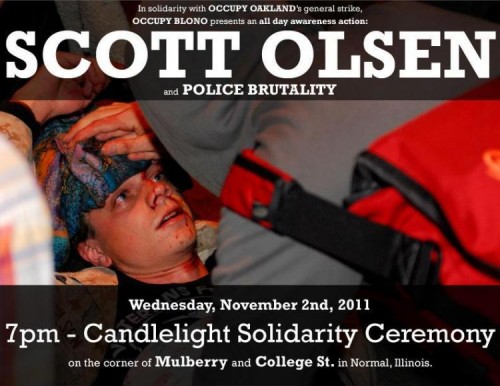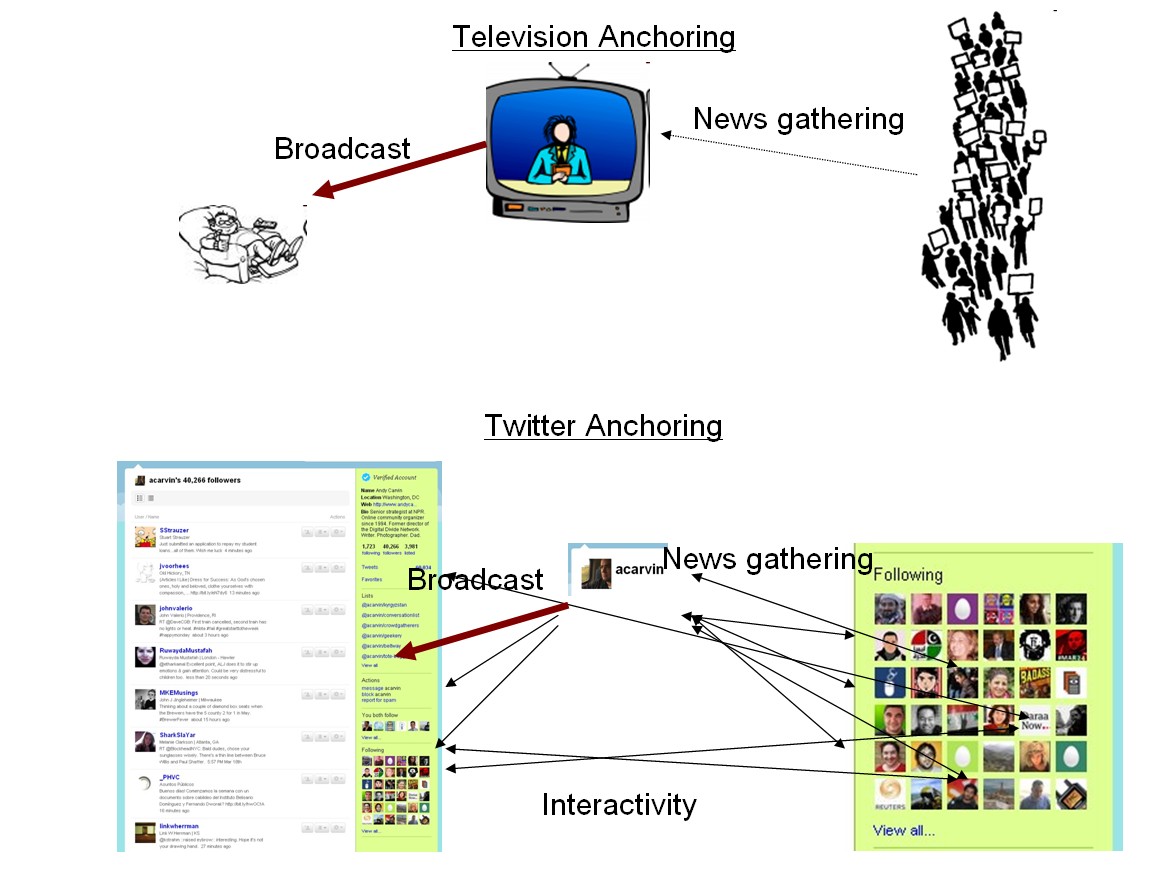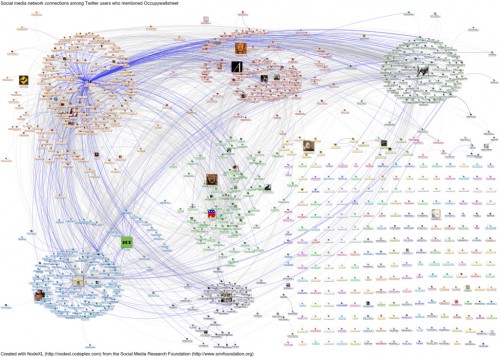
It is pretty easy to mistake most technologies as politically neutral. For example, there is nothing inherently radical or conservative about a hammer. Washing machines don’t necessarily impose capitalism on whoever uses one, and televisions have nothing to do with communism. You might hear about communism through television, and there is certainly no shortage of politically motivated programming out there, but you’d be hard-pressed to find someone that says the technology itself has a certain kind of politics. This sort of thinking (combined with other everyday non-actions) is what philosopher of technology Langdon Winner (@langdonw) calls technological somnambulism: the tendency of most people to, “willingly sleepwalk through the process of reconstituting the conditions of human existence.” It is difficult to see the politics in technology because those politics are so pervasive. The fact that technological artifacts have politics is kind of like Call Me Maybe, once you’re exposed, it is hard to get it out of your head. more...








